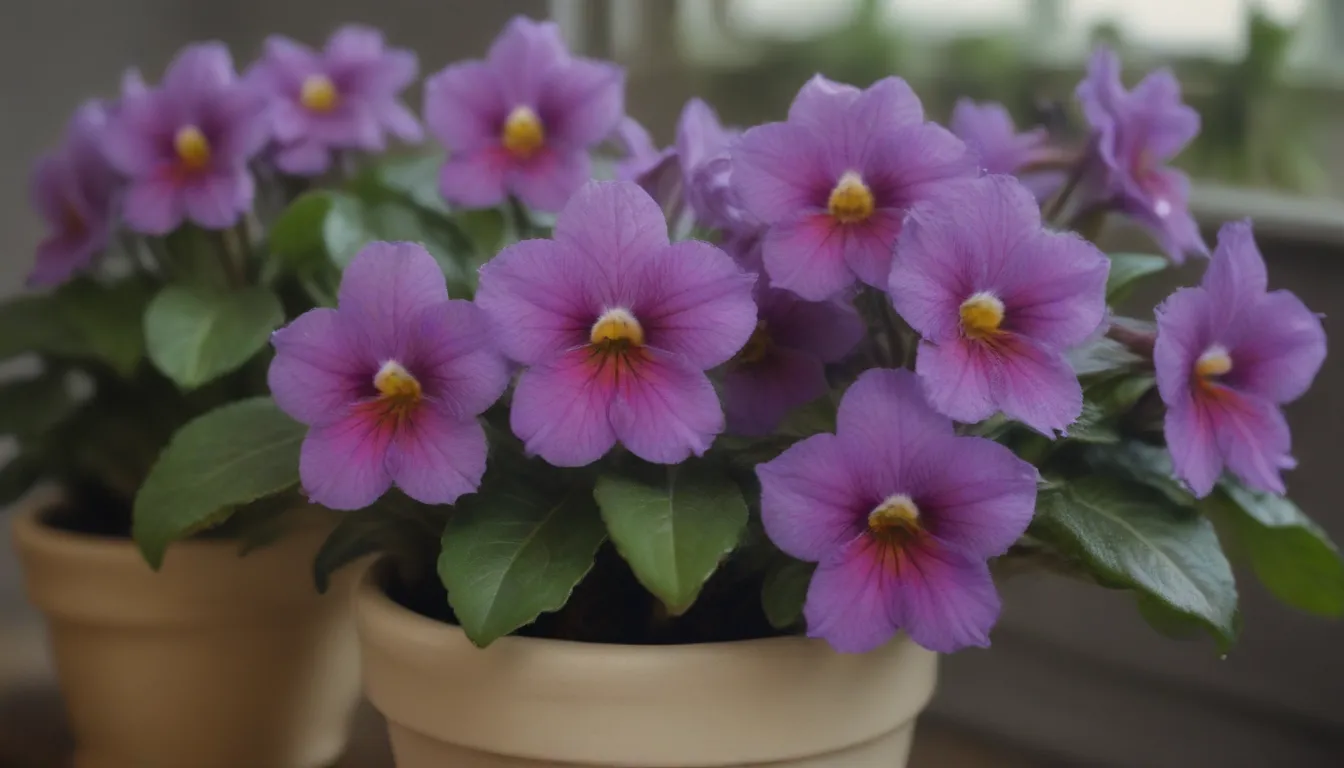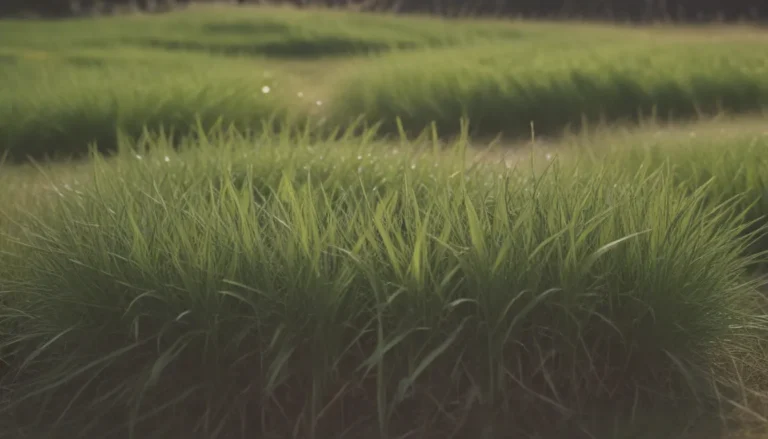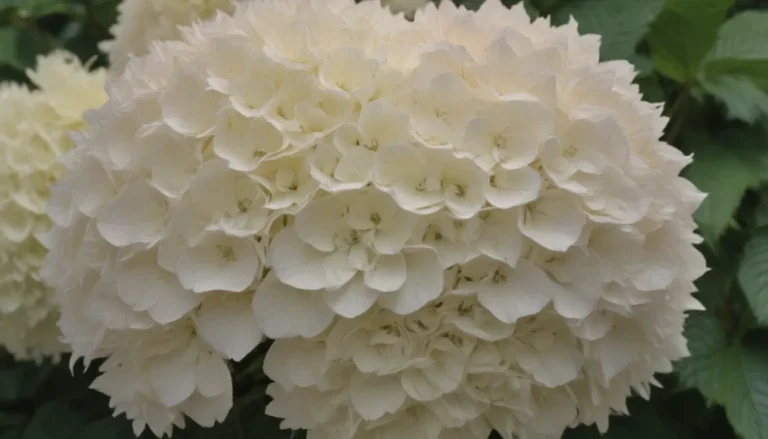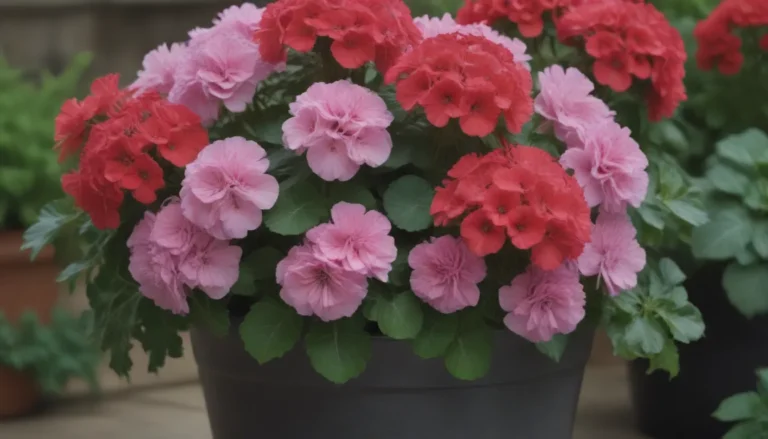Everything You Need to Know About Growing and Caring for African Violets

African violets are a beloved choice for houseplants, and it’s no wonder why. With their beautiful flowers, various leaf forms, and rich colors, these plants can bring a touch of nature indoors. If you’re looking to add African violets to your plant collection or if you already have them and want to ensure they thrive, this comprehensive guide has got you covered!
The Charm of African Violets
African violets are known for their rosette of thick, fuzzy leaves and delicate violet-like flowers that bloom above the foliage. Despite their reputation for being difficult to care for, with the right knowledge and a little attention, these plants can flourish in an indoor environment. Plus, with some experience, you can keep them blooming nearly all year round and even grow them to impressive sizes.
African Violet Care Tips
To ensure your African violets thrive, here are some essential care tips to keep in mind:
Light
- African violets do best in bright, indirect sunlight.
- Fluorescent lights placed 12 to 15 inches above the leaves work well for indoor growing.
- Light green leaves indicate too much light, while thin and dark green leaves signal the plant is not getting enough light.
Soil
- Opt for a well-drained potting mix to prevent root rot.
- Ensure the plant is never exposed to standing water for an extended period.
Water
- Keep the soil moist with warm water.
- Avoid splashing water on the leaves, as this can cause damage.
- Water from below or push the water spout directly into the soil to prevent leaf damage.
Temperature and Humidity
- African violets thrive in warm, humid conditions around 70 degrees Fahrenheit.
- Avoid drafts and maintain a steady temperature for optimal growth.
Fertilizer
- Feed your African violets with a specialized fertilizer every other week during the spring and summer months.
- Follow the product label instructions for the correct amount.
Types of African Violets
African violets come in a wide variety of colors, shapes, and sizes. From single to double flowers, frilled to differently shaped blooms, there is a vast selection to choose from. Here are a few examples:
- ‘Persian Prince’
- ‘Lyon’s Lavender Magic’
- ‘Hawaiian Pearl’
- ‘Summer Twilight’
- ‘Lonestar Snowstorm’
- ‘Little Maya’
In addition to traditional African violets, other related species such as Gloxinias and Streptocarpus offer unique options for plant enthusiasts.
Pruning and Propagating
When it comes to caring for your African violets, remember to prune dead leaves and spent blooms regularly to promote plant health. Additionally, consider propagating your plants through leaf cuttings or offsets to expand your collection and encourage better flowering.
Potting and Repotting
For successful growth, ensure your African violets are slightly underpotted and only repot when necessary. Use an all-purpose potting soil or an African violet mix, being careful not to damage the root system during the process. Signs that a plant needs repotting include falling leaves, roots protruding from the soil, and overall overcrowding.
Dealing With Pests and Diseases
Like all plants, African violets can fall victim to common pests and diseases. Keep an eye out for spider mites, mealy bugs, and other pests, and treat them promptly with neem oil or insecticides. Additionally, avoid overwatering and provide optimal growing conditions to prevent diseases such as root rot and crown rot.
Tips for Blooming Success
African violets love to bloom, and with the right care, they can flower year-round. Make sure to provide proper light, water, humidity, fertilizer, and soil conditions. Deadhead spent blooms to encourage continuous flowering, and watch your plant thrive!
Common Problems and Solutions
If your African violet is not blooming, adjust its light and temperature to promote flowering. To avoid leaf spots, water from the bottom or use a self-watering system to keep the leaves dry. Remember, with proper care and attention, African violets can live for decades.
Conclusion
Incorporating African violets into your indoor plant collection can bring beauty and joy to your home. By following these care tips and guidelines, you can enjoy the colorful blooms and lush foliage of these charming plants year-round. With a little effort and dedication, your African violets will flourish and brighten up your living space for years to come.





